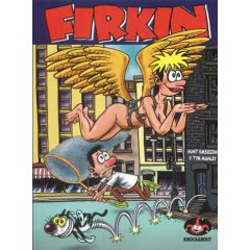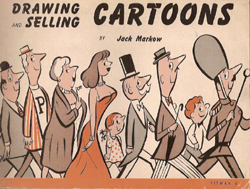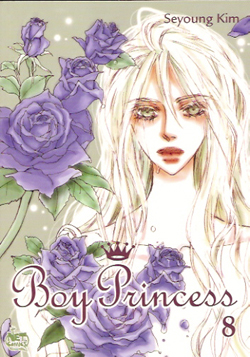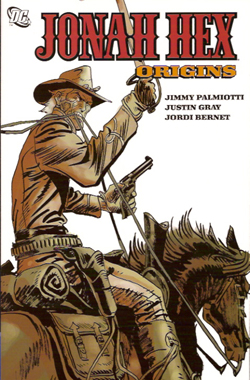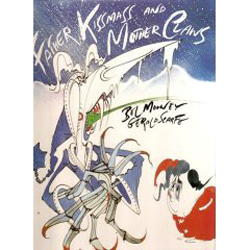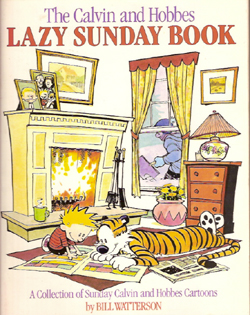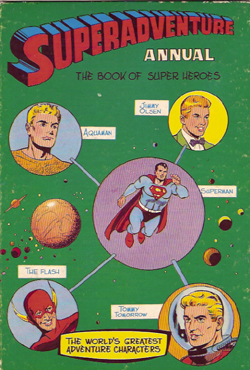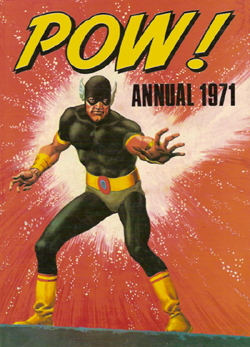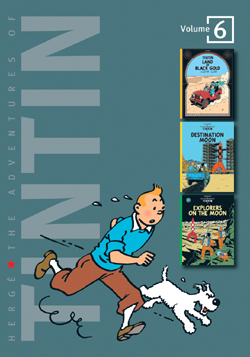
By Hergé, translated by Leslie Lonsdale-Cooper & Michael Turner (Egmont UK)
ISBN 13: 978-1-4052-2899-2
With World War II over and his reputation restored, Hergé entered the most successful period of his artistic career. He had mastered his storytelling craft, possessed a dedicated audience eager for his every effort and was finally able to say exactly what he wanted in his work, free from fear or censure. But although these freedoms seemed to guarantee a new beginning the life of the creator was far from trouble-free.
In 1949 he returned to Land of Black Gold which had been abandoned when the Nazis invaded Belgium. He then suffered a nervous breakdown and could not work for four months. It is a tribute to his skills that the finished tale reveals none of his personal problems, but is an almost seamless and riveting yarn of political and criminal gangsterism, exotic, hilarious and breathtakingly exciting.
The story concerns a plot to destabilise the World by sabotaging oil. All fuel is somehow made more flammable, causing engines to explode when refuelled. Tintin traces the sabotage to the freighter ‘Speedol Star’, which he joins as Radio Officer. The Detectives Thomson and Thompson are also aboard, but are much less discreet, and soon all three are the targets of a numbers of attacks and assaults. When the ship reaches the Arabian port of Khemikhal they are all framed as drug smugglers and arrested.
But Tintin is abducted by rebel tribesmen who believe he is a gunrunner and the now vindicated Detectives go in search of their friend in the desert. After many hardships the intrepid boy and Snowy discover the villainous spy Doctor Müller (last seen in The Black Island: Adventures of Tintin Volume 3 – ISBN 13: 978-1-4052-2897-8) is trying to ingratiate himself with the Oil-rich Emir. Mohammed Ben Kalish Ezab is wise and tolerant but cursed with a wilful and spoiled son, Abdullah, who is kidnapped when he rejects the doctor’s offers. Tintin befriends the Ruler and goes undercover to find the Prince.
Tracking down Müller Tintin attempts to rescue the boy (whose practical jokes have made him a most unpopular captive) only to be trapped in a brutal fire-fight in the catacombs beneath the spy’s villa. From nowhere Captain Haddock effects a rescue and the plot is revealed and thwarted.
Action-packed and visually delightful, this breezy mystery-thriller is full of humour and chases, with only the last-minute arrival of the dipsomaniac sea captain to slightly jar the proceedings. Presumably the original pages were recycled as much as possible with the popular Haddock inserted at a new breakpoint. He first appeared after the original Land of Black Gold was abandoned, in The Crab with the Golden Claws (see Adventures of Tintin Volume 4 ISBN 13: 978-1-4052-2897-8) and would increasingly steal the spotlight from his juvenile partner –Â never more so than in the next two adventures, also included in this collected edition.
On a personal note: I first read Destination Moon in 1964, in a huge hardcover album edition (as they all were in the 1960s) and was blown completely away. I’m happy to say that except for the smaller pages – and there’s never a substitute for “Big-ness†– this taut thriller and its magnificent, mind-boggling sequel are still in a class of their own in the annals of science fiction comic strips.
This tale begins with the boy reporter and Captain Haddock returning to Marlinspike Hall only to discover that Professor Calculus has disappeared. When an enigmatic telegram arrives the pair are off again to Syldavia (see King Ottokar’s Sceptre also in Adventures of Tintin Volume 3) and a rendezvous with the missing scientist.
Although suspicious, Tintin soon finds that the secrecy is for sound reasons. In Syldavia Calculus and an international team of boffins are completing a grand project to put a man on the Moon! In a turbulent race against time and amidst huge security the scheme nears completion, but Tintin and Haddock’s arrival coincides with a desperate increase in espionage activity. An enemy nation is determined to steal the secrets of Calculus’s atomic motor at all costs, and it takes all Tintin’s ingenuity to keep ahead of the villains.
As the incidents increase in intensity and frequency if becomes clear that their may be a traitor in the project itself, but at last the moment arrives and Tintin, Haddock, Calculus, Dr. Wolf – and Snowy – blast off for the Moon!
Cold, clinical and superbly underplayed, Destination Moon is completely unlike the flash-and-dazzle razzamatazz of British and American tales from that period – or since. It is as if the burgeoning Cold War mentality (this tale was first serialised in 1950) has infected even Tintin’s bright clean world. Once again the pressure of work and Hergé’s troubled private life resulted in a breakdown and a hiatus in the strip – but this time some of that darkness transferred to the material – although it only seems to have added to the overall effect of claustrophobia and paranoia. Even the comedy set-pieces are more manic and explosive: This is possibly the most mature of all Tintin’s exploits.
If Destination Moon was an exercise in tension and suspense, Explorers on the Moon is sheer bravura spectacle. En route to Luna the explorers discover that Thomson and Thompson have accidentally stowed away, and along with Captain Haddock’s illicit whisky and the effects of freefall, provide brilliant comedy routines to balance the eerie isolation and dramatic dangers of the journey. And lurking in the shadows there is still the very real threat of a murderous traitor to be dealt with…
Studio Hergé was formed in 1950 to produce the adventures of Tintin as well other features and Bob De Moor became an invaluable and permanent addition to the production team, filling in backgrounds and most notably rendering the unforgettable Lunar landscapes that once seen can never be forgotten. This so-modern yarn is a high point in the series, blending heroism and drama with genuine moments of irresistible emotion and side-splitting comedy. The absolute best of the bunch in my humble opinion, and still one of the most realistic space comics ever produced. If you only ever read one Hergé book it simply must be this volume of the Adventures of Tintin.
Land of Black Gold: artwork © 1950, 1977 Editions Casterman, Paris & Tournai.
Text © 1972 Egmont UK Limited. All Rights Reserved.
Destination Moon: artwork © 1959, 1981 Editions Casterman, Paris & Tournai.
Text © 1959 Egmont UK Limited. All Rights Reserved.
Explorers on the Moon: artwork © 1954, 1982 Editions Casterman, Paris & Tournai. Text © 1959 Egmont UK Limited. All Rights Reserved.
